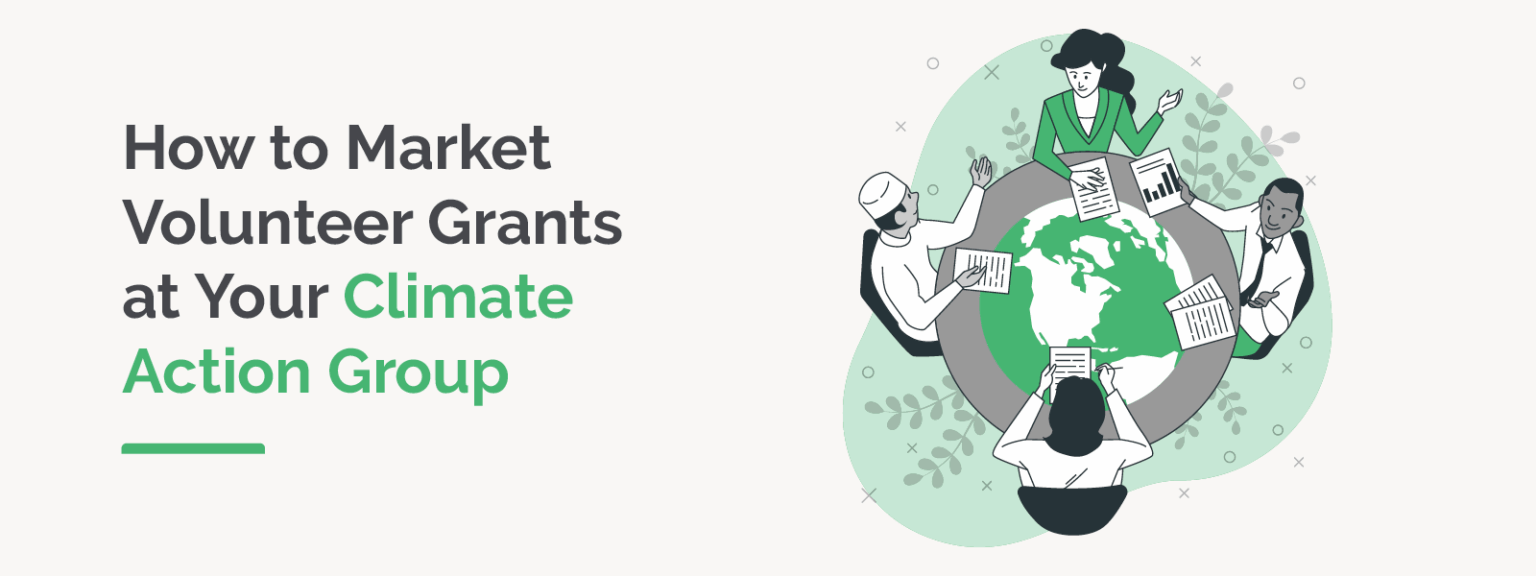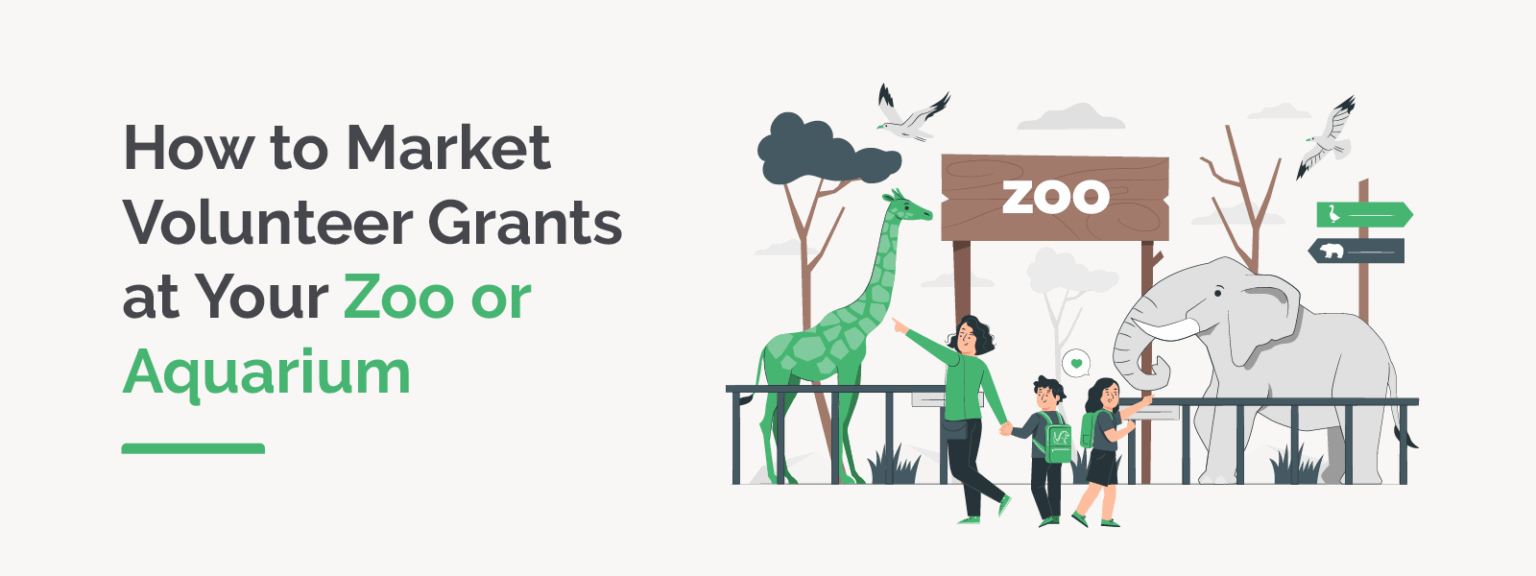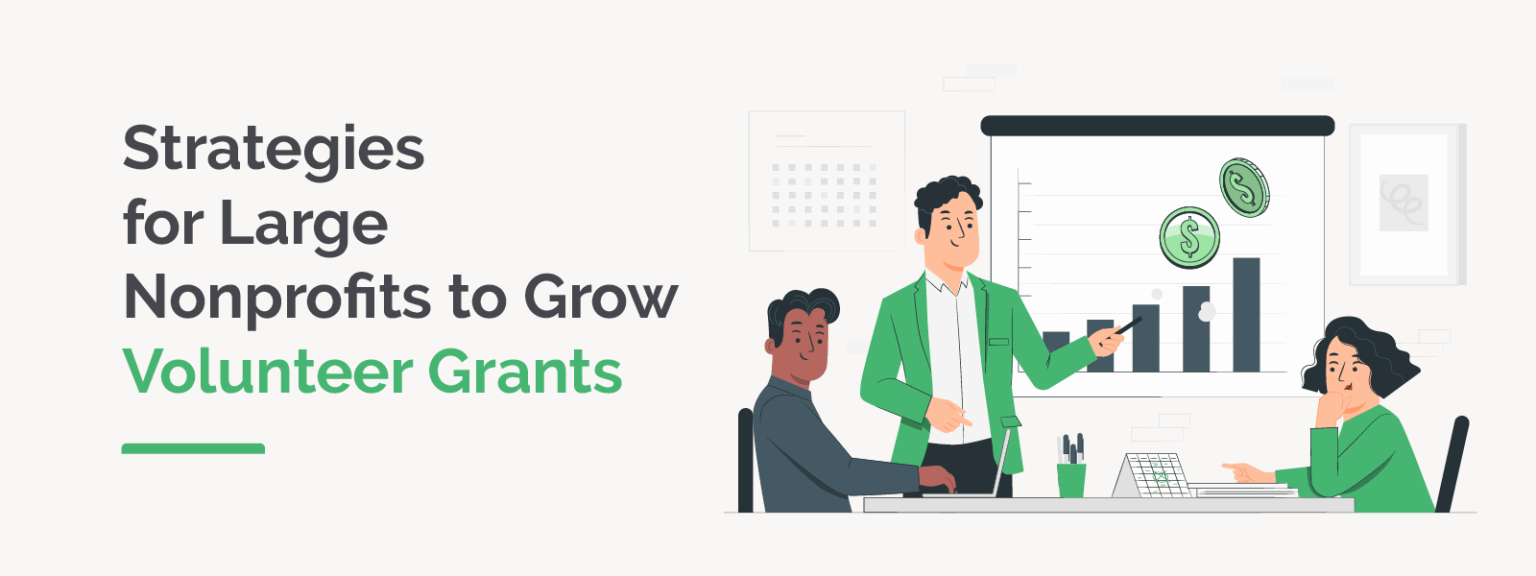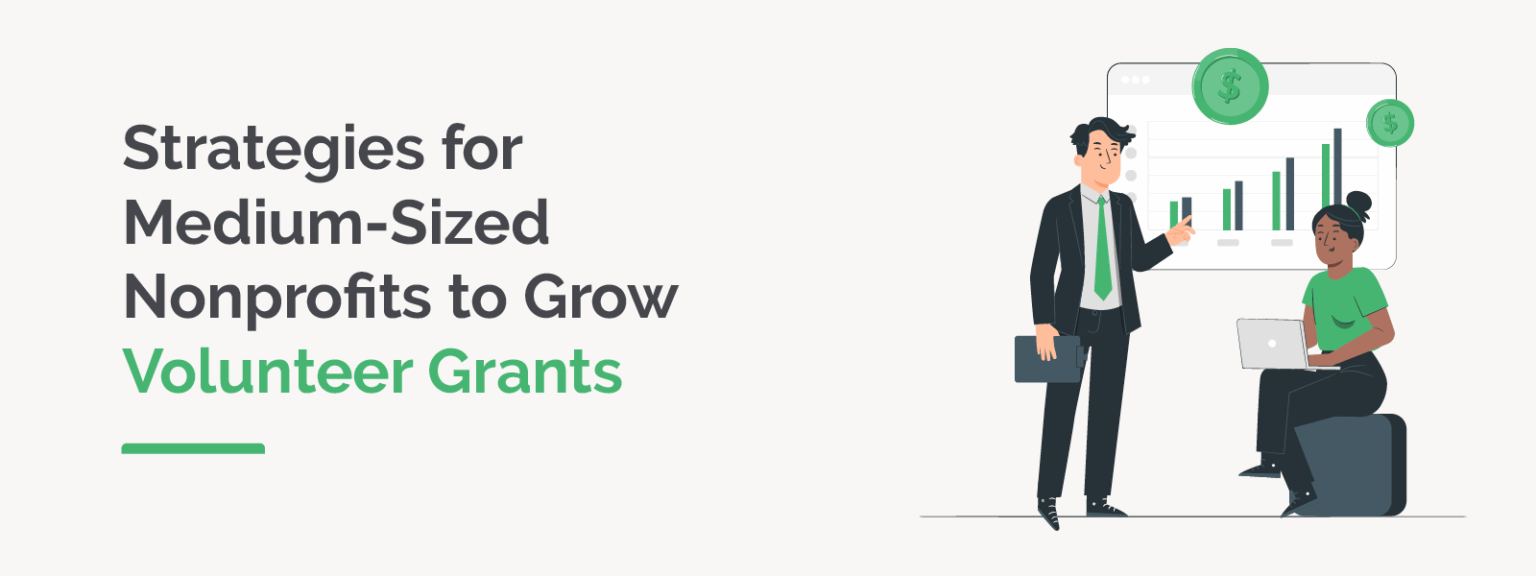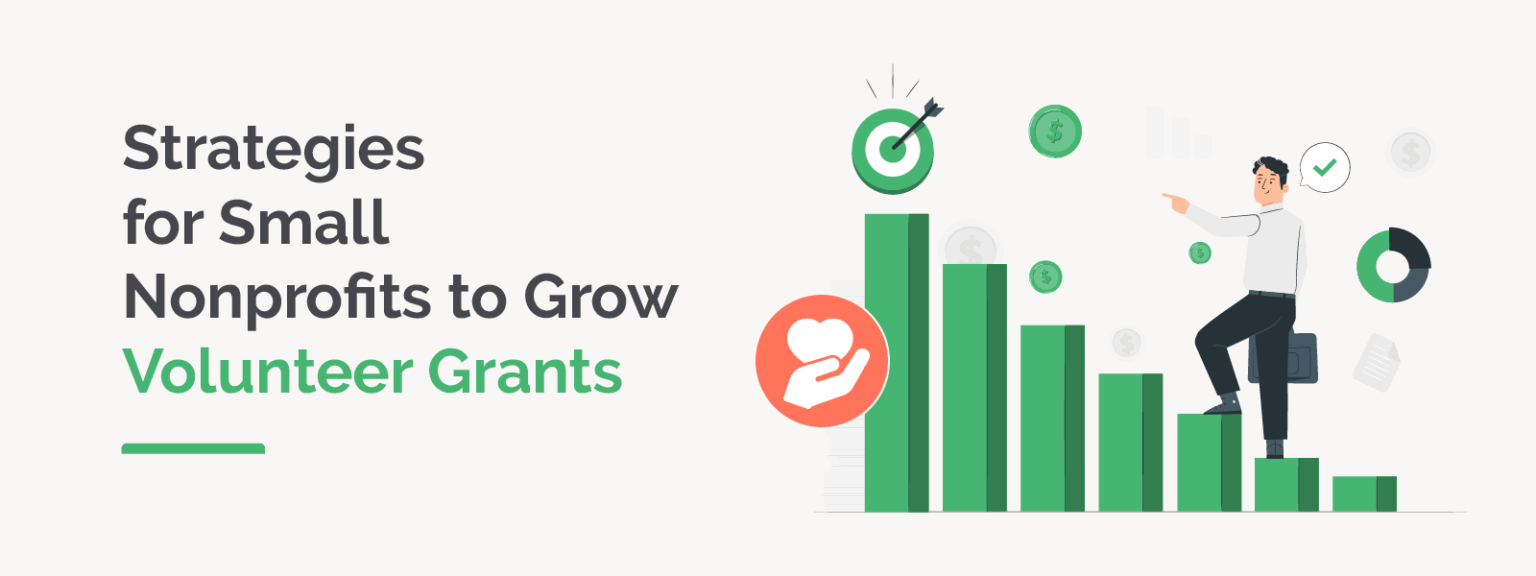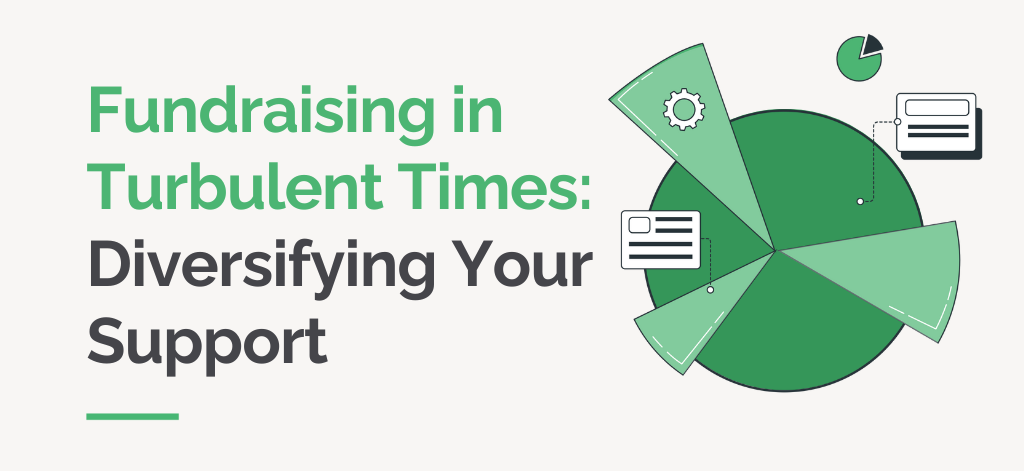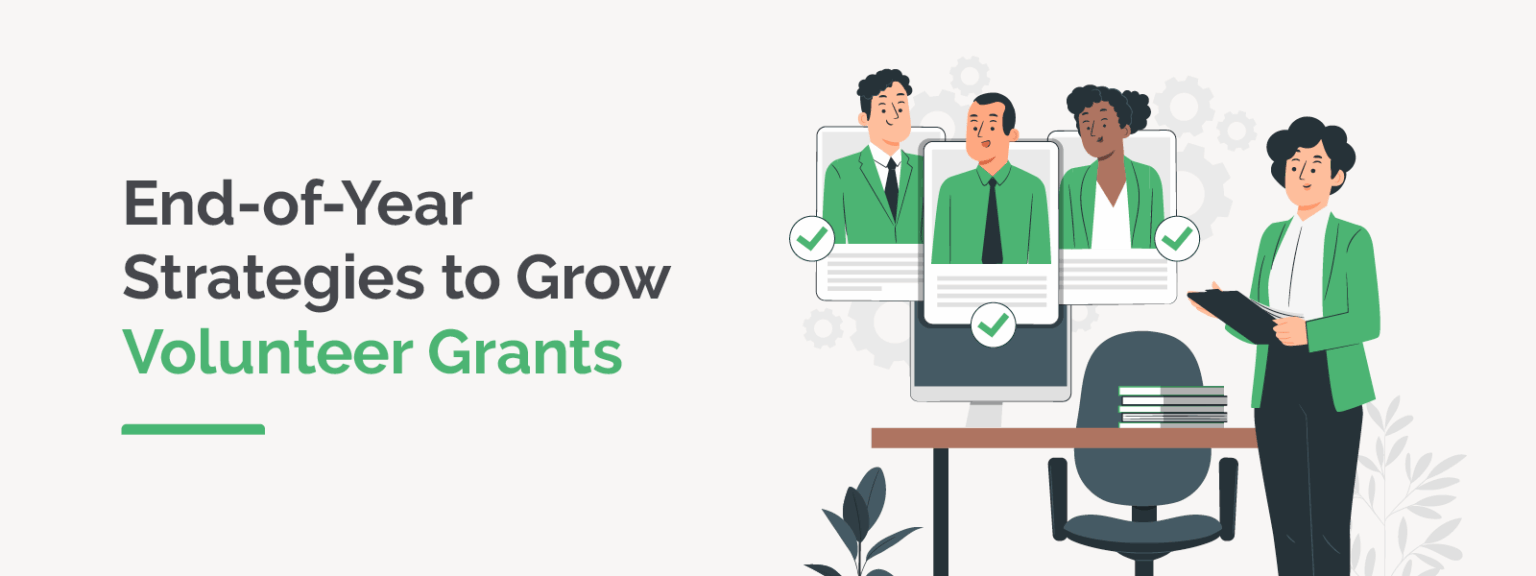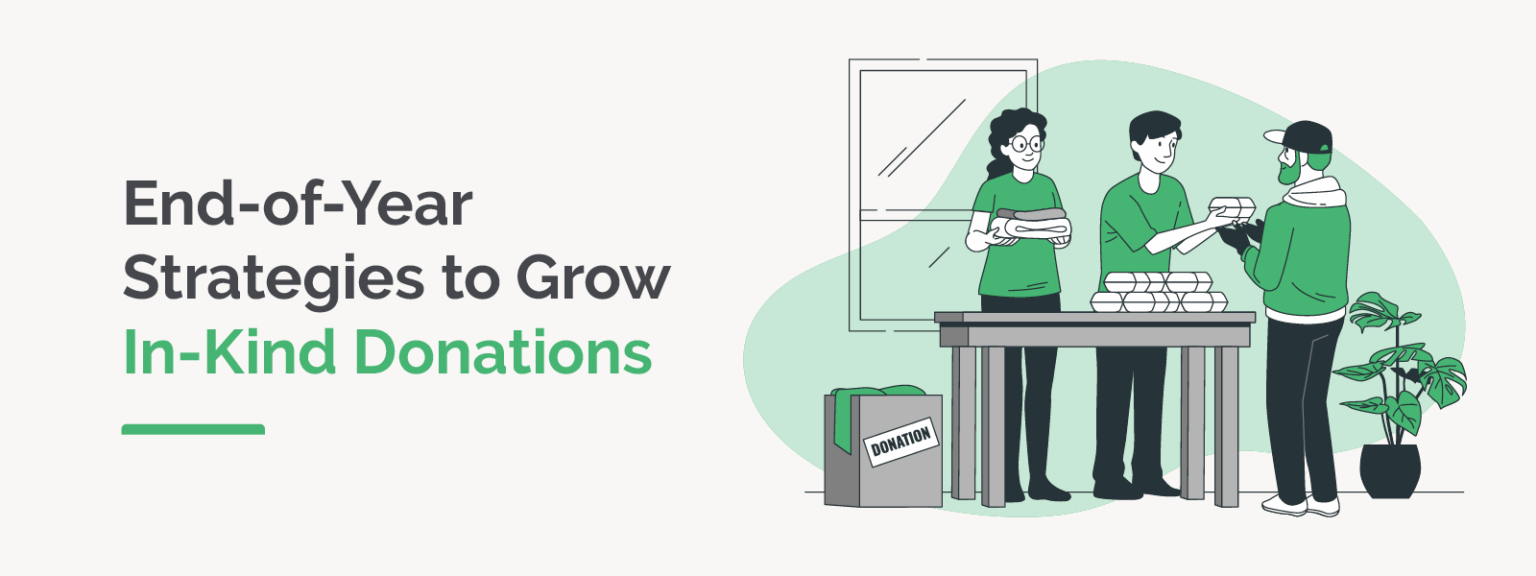How to Market Volunteer Grants at Your Wildlife Rescue
Wildlife rescues play a critical role in protecting and rehabilitating injured, orphaned, or displaced animals. These organizations often rely heavily on the dedication of volunteers who donate their time and skills to care for wildlife in need. However, beyond the invaluable labor volunteers provide, there is an additional opportunity to boost funding through volunteer grants offered by many corporations. Marketing these volunteer grants effectively can significantly enhance the financial resources available to wildlife rescues, enabling them to expand their impact and improve animal care.
Understanding how to communicate the availability and benefits of volunteer grants to your supporters is essential. Many volunteers may be unaware that their hours can translate into monetary donations from their employers. By educating and engaging your volunteer base about these programs, your wildlife rescue can unlock a new revenue stream while deepening volunteer commitment. This article explores why marketing volunteer grants matter, strategies to promote them, messaging tips, and how to overcome common challenges in this unique nonprofit vertical:
- Why Marketing Volunteer Grants Matter for Wildlife Rescues
- Strategies for Marketing Volunteer Grants to Wildlife Rescue Supporters
- Key Tips for Volunteer Grant Messaging that Resonates with Wildlife Rescues
- Overcoming Common Volunteer Grant Marketing Challenges for Wildlife Rescues
Volunteer grants provide wildlife rescues with a unique opportunity to expand their resources and support their vital work in animal rehabilitation. These grants, tied to the volunteer hours of employees, can unlock additional funding that allows rescues to enhance their operations and care for even more animals in need. By effectively marketing these grants, wildlife rescues can tap into a valuable revenue stream while fostering greater engagement and loyalty among their volunteers. Educating volunteers about the impact their time can have on the organization’s funding helps strengthen their connection to the cause and ensures the long-term sustainability of rescue efforts.
Why Marketing Volunteer Grants Matter for Wildlife Rescues
Volunteer grants represent a powerful yet often underutilized source of funding for wildlife rescues. These grants are corporate donations made to nonprofits based on the volunteer hours logged by employees. When volunteers track and submit their hours, their employers may provide financial support that directly benefits the organization. For wildlife rescues, which frequently operate on tight budgets, this additional income can be transformative.
Marketing volunteer grants are not just about raising funds; they also strengthen relationships with volunteers. When volunteers realize their time can generate financial support, they often feel more valued and motivated to continue their involvement. This dual benefit of increased revenue and enhanced volunteer retention makes marketing volunteer grants a strategic priority for wildlife rescues.
Moreover, many corporations are expanding their corporate social responsibility initiatives to include volunteer incentives. By actively promoting volunteer grants, wildlife rescues position themselves to tap into these growing workplace giving programs. This alignment with corporate values can also open doors to new partnerships and sponsorships, further supporting the mission of wildlife conservation and rehabilitation.
Understanding Corporate Volunteer Grant Programs
Corporate volunteer grant programs vary widely in their requirements and benefits. Some companies offer grants based on a minimum number of volunteer hours, while others have tiered systems that increase funding with more hours contributed. Understanding these nuances is crucial for wildlife rescues to guide their volunteers effectively.
Many corporations require volunteers to submit grant requests within a specific timeframe after volunteering. Wildlife rescues can assist by providing clear instructions and reminders to ensure volunteers meet these deadlines. Additionally, some companies limit the number of grants an employee can request annually, so educating volunteers about these limits helps maximize the overall impact.
The Financial Impact on Wildlife Rescues
Volunteer grants can significantly supplement traditional fundraising efforts. For example, a volunteer who dedicates 20 hours to animal care or habitat restoration might generate a grant of several hundred dollars, depending on their employer’s program. When multiplied across dozens or hundreds of volunteers, these grants can add up to substantial funding.
This influx of funds can be allocated toward critical needs such as veterinary care, habitat improvements, rescue equipment, and educational outreach. By marketing volunteer grants effectively, wildlife rescues can diversify their income streams and reduce reliance on unpredictable donations or grants.
Strategies for Marketing Volunteer Grants to Wildlife Rescue Supporters
To maximize the benefits of volunteer grants, wildlife rescues need a comprehensive marketing strategy that educates, motivates, and supports their volunteer base. This involves clear communication, accessible resources, and ongoing engagement.
One effective approach is to integrate volunteer grant information into volunteer onboarding and training sessions. New volunteers should be made aware from the outset that their hours can translate into financial support for the rescue. Providing printed materials or digital guides that explain the process helps reinforce this message.
Regular communication through newsletters, social media, and email campaigns can keep volunteer grants top of mind. Highlighting success stories where volunteer hours led to grant funding can inspire others to participate. Additionally, creating a dedicated section on the organization’s website with step-by-step instructions and FAQs simplifies the process for volunteers.
Leveraging Technology to Track and Promote Volunteer Hours
Utilizing volunteer management software that integrates with corporate volunteer grant platforms can streamline the tracking and submission process. These tools allow volunteers to log their hours easily and receive automated reminders to submit grant requests. For wildlife rescues, this reduces administrative burdens and increases the likelihood that grants will be claimed.
Some platforms also provide analytics that help organizations identify which volunteers are eligible for grants and tailor communications accordingly. By leveraging technology, wildlife rescues can create a seamless experience that encourages consistent volunteer participation and grant submissions.
Partnering with Corporations to Boost Awareness
Building relationships with local and national companies that offer volunteer grants can amplify marketing efforts. Wildlife rescues can collaborate with corporate social responsibility teams to co-promote volunteer opportunities and grant programs. Hosting joint events or webinars educates employees about how their volunteer hours support wildlife conservation.
These partnerships also provide opportunities for wildlife rescues to showcase their impact and attract new volunteers from corporate networks. By positioning themselves as a preferred nonprofit partner, rescues can increase both volunteer engagement and grant revenue.
Key Tips for Volunteer Grant Messaging that Resonates with Wildlife Rescues
Crafting compelling messages about volunteer grants requires an understanding of what motivates your supporters. Volunteers at wildlife rescues are often passionate about animal welfare and environmental stewardship. Therefore, messaging should tap into these values while clearly explaining the practical benefits of volunteer grants.
Using storytelling is particularly effective. Sharing narratives about rescued animals whose care was funded through volunteer grants personalizes the impact. Volunteers can see the direct connection between their time and the positive outcomes for wildlife.
Additionally, emphasizing the ease of participation helps overcome hesitation. Many volunteers may assume the grant process is complicated or time-consuming. Clear, concise instructions and reassurance that the organization will support them can increase participation rates.
Highlighting the Dual Impact of Volunteering
Messages that emphasize both the hands-on help volunteers provide and the financial support generated through grants create a powerful incentive. Volunteers contribute not only their labor but also help secure essential funding, making their role even more meaningful.
Framing volunteer grants as a way to “double the impact” of their time resonates well with supporters who want to maximize their contribution to wildlife rescues.
Using Calls to Action that Encourage Immediate Engagement
Effective messaging includes clear calls to action that prompt volunteers to log hours, submit grant requests, or share information with their networks. Phrases like “Turn your hours into funding” or “Help us unlock corporate support” motivate volunteers to take the next step.
Providing links to resources or contact information for assistance ensures volunteers feel supported throughout the process.
Overcoming Common Volunteer Grant Marketing Challenges for Wildlife Rescues
Despite the benefits, wildlife rescues often face obstacles when marketing volunteer grants. One common challenge is volunteer awareness. Many volunteers simply do not know that their hours can generate financial support. Overcoming this requires persistent education and clear communication.
Another challenge is the administrative complexity involved in tracking hours and submitting grant requests. Without streamlined systems, volunteers and staff may become frustrated, leading to missed opportunities. Investing in user-friendly technology and providing dedicated support can alleviate these issues.
Additionally, some volunteers may be hesitant to participate due to privacy concerns or uncertainty about employer policies. Addressing these concerns openly and providing guidance on confidentiality and eligibility helps build trust.
Managing Volunteer Data Efficiently
Accurate record-keeping is essential for successful volunteer grant marketing. Wildlife rescues should establish standardized processes for logging volunteer hours and verifying eligibility. This reduces errors and ensures timely submissions to corporate programs.
Training staff and volunteers on data management best practices further supports smooth operations and maximizes grant revenue.
Encouraging Consistent Volunteer Engagement
Volunteer grants are most effective when volunteers maintain ongoing involvement. Wildlife rescues can foster this by recognizing and celebrating volunteers who participate in grant programs. Public acknowledgments, certificates, or small rewards reinforce positive behavior and encourage repeat participation.
Creating a community around volunteer grant initiatives also helps sustain momentum and enthusiasm.
Wrapping Up & Next Steps
Marketing volunteer grants at wildlife rescues is a multifaceted effort that combines education, technology, partnership building, and thoughtful messaging. By raising awareness among volunteers and simplifying the grant submission process, rescues can unlock significant funding to support their vital work.
Addressing common challenges proactively and tailoring communications to resonate with wildlife-focused supporters enhances both volunteer retention and financial outcomes. As corporate volunteer incentive programs continue to grow, wildlife rescues that embrace these opportunities position themselves for long-term sustainability and expanded impact.
Amplify Your Wildlife Rescue’s Impact with Volunteer Grants
Double the Donation Volunteering specializes in helping nonprofits, such as wildlife rescues, tap into corporate volunteer incentive programs to increase engagement and revenue. Their innovative volunteer grant software integrates seamlessly with your existing systems, making it easy to identify eligible volunteers and empower them to submit grant requests. This streamlined approach eliminates data silos and uncovers new funding opportunities without requiring additional requests from your supporters.
Double the Donation supports thousands of organizations by unlocking workplace giving opportunities that deepen volunteer relationships and boost funding, helping you make an even greater difference for the animals you serve. If your wildlife rescue is ready to enhance its volunteer grant strategy and grow revenue, request a demo of Double the Donation today.


